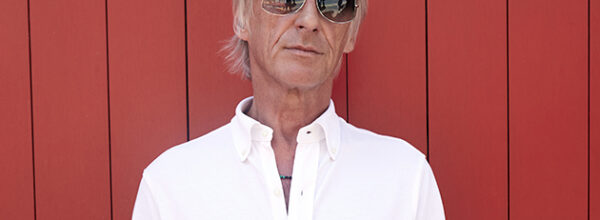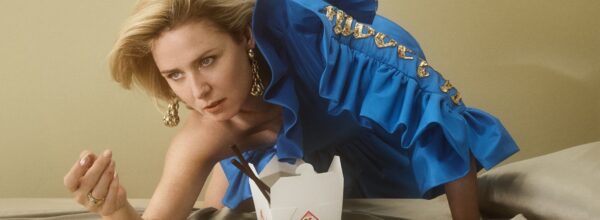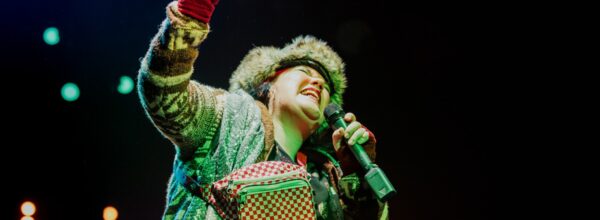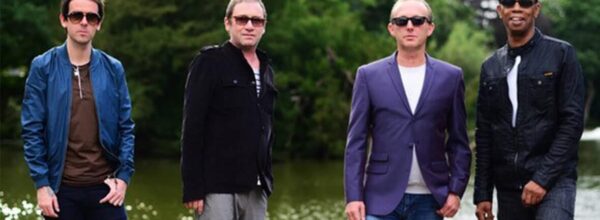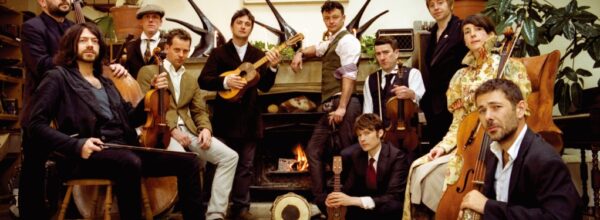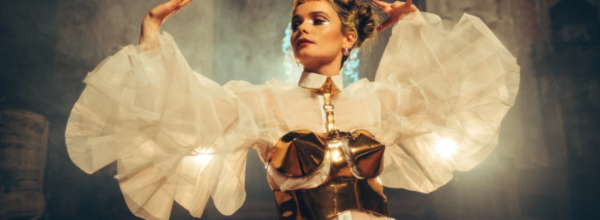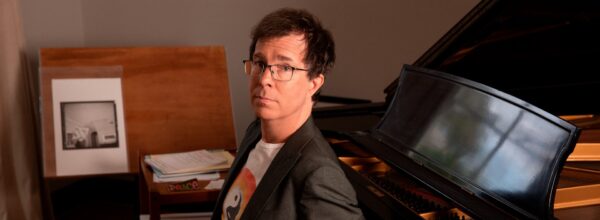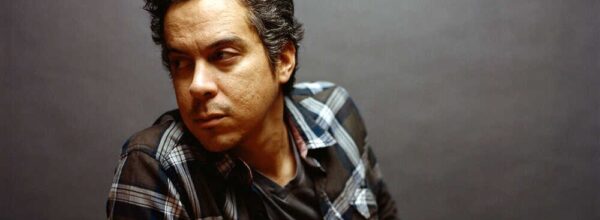 Exploring male friendship, the altering dynamic of relationships over time and posing questions as to theatre’s potential role in the world, Tim Crouch and Andy Smith’s play delivers in its own uniquely quiet and understated manner.
Exploring male friendship, the altering dynamic of relationships over time and posing questions as to theatre’s potential role in the world, Tim Crouch and Andy Smith’s play delivers in its own uniquely quiet and understated manner.
It’s a Saturday night in early summer in Lancaster and two middle-aged friends are meeting up again after a long time apart: Andy (Smith), a man with a somewhat balanced life of marriage and a four year old daughter and Tim (Crouch), a rather less settled figure of hard-drinking bachelorhood; highlighting their characters’ disparate positions in life, Smith sits quietly reading from a script while the temperamental Crouch erratically wanders the stage.
Their conversations, prickly and stilted, are marked by a number of pauses that, rather than the comfortable silences of old friends, seem to represent the conversational vacuums of two people drifting ever apart. It’s revealed they once partook in anti-fascist protests together but, while Crouch effusively recounts the story of a recent run-in with the EDL, Smith can barely feign interest in a way of life long left behind. It’s revealed that their friendship derailed upon Smith’s character’s departure to Norway and subsequently meeting his future wife. When we hear love defined as “a successful struggle against separation”, it’s a struggle that both men seem to be dealing with less successfully.
While Crouch’s character appears a completely invented role, Smith plays a close to real life version of himself (a middle-class family man who has done a pHD in theatre) and often breaks the fourth wall to both involve the audience and ponder as to the potential functions of the art-form. With all the lights left up, Smith regularly looks out to and addresses the audience; at one point we are asked to shake the hands of the people next to us and, following the Norwegian custom of removing one’s shoes indoors, off come the majority of the audience’s footwear. Smith also breaks from the dialogue with academic quotes theorising that theatre “could be the only place we can sit quietly together” and it can “clarify thought of democracy and citizenship”.
For all the play’s designs on the profound, its strength lies in the often amusing interplay between its two characters. Crouch is a hectic stage presence of movement and rapid delivery; his persistent bounding back and forth from the stage to set up the sofa, table, glasses and candles of his host’s living room meets with ample laughter while his mocking of the ‘Child on Board’ sign in Smith’s car induces a brilliantly dark, comic rant. There’s also a humorous observation on the disparity between what we think and, because of social convention, what we actually say: “You’ve put on weight” and ”You’re completely bald now” giving way to the civilly obvious “You’re looking good”.
‘What Happens to the Hope at the End of the Evening’ is a thoughtful piece that blurs the line between audience and participant, actor and character, and artifice and reality. While its postulations of theatre’s role in society and calls from a better world (“Paradise Now”) feel rather vague, it is delivered in such a dynamically cryptic and patiently humorous way that one cannot avoid leaving the theatre without a sense of its reflective value.
Scott Hammond
